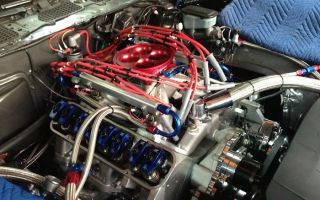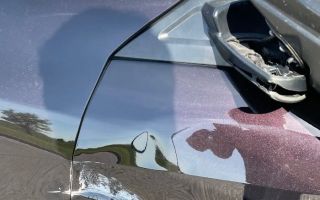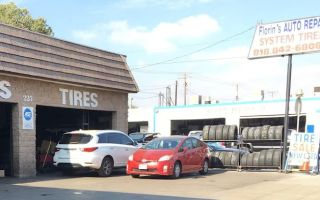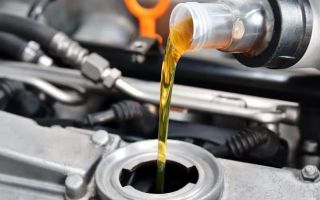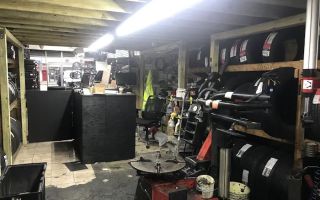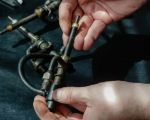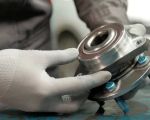- why-the-radiator-pressure-cap-matters
- how-the-radiator-cap-functions-to-regulate-engine-temperature
- signs-your-radiator-pressure-cap-needs-replacement
- the-risks-of-ignoring-a-faulty-radiator-cap
- steps-to-check-and-replace-your-radiator-cap
- real-case-study-how-failing-to-check-the-radiator-cap-led-to-engine-damage
- maintaining-your-vehicle-s-cooling-system-with-regular-checks
1. Why the Radiator Pressure Cap Matters
A small but critical part of your car’s cooling system
The importance of checking your radiator pressure cap cannot be overstated. While it may seem like a small and inconspicuous part of your car, this cap plays a vital role in regulating the engine's temperature. The radiator pressure cap serves as the primary pressure relief valve for the vehicle’s cooling system. It is designed to maintain a specific pressure within the radiator, which in turn helps keep the coolant at the right boiling point, preventing overheating.
Without a properly functioning pressure cap, your vehicle’s engine could easily overheat, causing severe damage to critical components like the engine block, radiator, and hoses.

Pick Your Part - Help Yourself
1232 Blinn Ave, Wilmington, CA 90744, USA
2. How the Radiator Cap Functions to Regulate Engine Temperature
The cap’s pressure control system
At its core, the radiator pressure cap regulates the pressure inside the cooling system by controlling the release of excess pressure. As the engine heats up, the coolant expands, and the pressure increases. The radiator cap is designed to maintain a pressure range—typically around 15-20 psi. Once the pressure exceeds the set threshold, the cap releases the excess pressure through a spring-loaded valve, preventing the radiator and hoses from rupturing.
This pressure regulation helps raise the boiling point of the coolant, allowing the engine to run at higher temperatures without the risk of boiling over. It’s an essential component for maintaining a healthy cooling system and preventing costly repairs.

Pick Your Part - Greer
13054 E Wade Hampton Blvd, Greer, SC 29651, USA
3. Signs Your Radiator Pressure Cap Needs Replacement
Identifying a failing cap early
If your radiator pressure cap is not working correctly, you may notice several signs that can help you identify the issue before it leads to major engine problems. Some common symptoms include:
- Leaking coolant: If you notice coolant leaking from around the cap or under your car after a drive, it may be a sign that the pressure cap is not sealing properly.
- Overheating engine: A faulty cap may not be maintaining proper pressure, which can cause the engine to overheat and the temperature gauge to rise.
- Hissing sound: If you hear a hissing sound coming from the radiator area, it could be the sound of steam escaping due to excess pressure.
- Coolant boiling over: If coolant is boiling over or the radiator is emitting excessive steam, it may be a sign that the pressure cap is not regulating the pressure correctly.
By addressing these issues early, you can prevent costly repairs and ensure that your car runs smoothly.
4. The Risks of Ignoring a Faulty Radiator Cap
Severe damage to your engine and cooling system
Ignoring a faulty radiator pressure cap can lead to serious engine problems. If the pressure cap fails to regulate the pressure properly, it can result in coolant leakage, overheating, and engine damage. Prolonged overheating can warp the engine block, damage the head gasket, or cause cracks in the cylinder head, all of which are expensive repairs to fix.
Additionally, a failing cap can lead to the complete failure of the radiator, requiring a full replacement. Since the radiator is a critical component of the engine’s cooling system, neglecting a malfunctioning cap could lead to catastrophic engine failure if left unaddressed.
5. Steps to Check and Replace Your Radiator Cap
Simple maintenance to protect your engine
Checking and replacing the radiator pressure cap is a straightforward process. Here are the key steps to follow:
- Wait for the engine to cool: Never attempt to remove the radiator cap while the engine is hot. Wait for it to cool down to prevent burns or injury.
- Inspect the cap: Check for any visible damage, such as cracks, wear on the rubber seal, or corrosion around the cap. If the cap appears worn, it’s time to replace it.
- Test the pressure: Use a radiator cap tester to check the pressure function. If the cap cannot hold pressure, it will need to be replaced.
- Replace the cap: If you find any signs of damage or failure, replace the radiator cap with a new one of the correct pressure rating. Be sure to secure it tightly in place.
Regularly checking and replacing the radiator pressure cap is an easy yet essential step to keeping your vehicle’s engine in optimal condition.
6. Real Case Study: How Failing to Check the Radiator Cap Led to Engine Damage
A costly mistake
Take the example of Mark, a car owner who neglected his radiator pressure cap. Over time, the cap’s seal deteriorated, leading to a slow coolant leak. Mark didn’t notice the issue right away, but after a long road trip, his engine began overheating. By the time he stopped, the damage was already done: a blown head gasket and a cracked radiator, resulting in thousands of dollars in repairs.
Had Mark checked and replaced his radiator cap at the first signs of coolant leakage, he could have avoided the extensive damage and saved significantly on repair costs. This serves as a valuable reminder of the importance of checking your radiator pressure cap regularly.
7. Maintaining Your Vehicle’s Cooling System with Regular Checks
Preventive care for long-term performance
Maintaining your car’s cooling system is crucial for avoiding engine damage and ensuring that your vehicle operates efficiently. Regular checks of the radiator cap, coolant levels, hoses, and the radiator itself can prevent issues before they become major problems. For best results, make radiator system checks part of your regular car maintenance routine.
If you're unsure of the condition of your radiator or need assistance with maintenance, Rescue & Towing offers expert advice and services to keep your vehicle running smoothly and efficiently.

